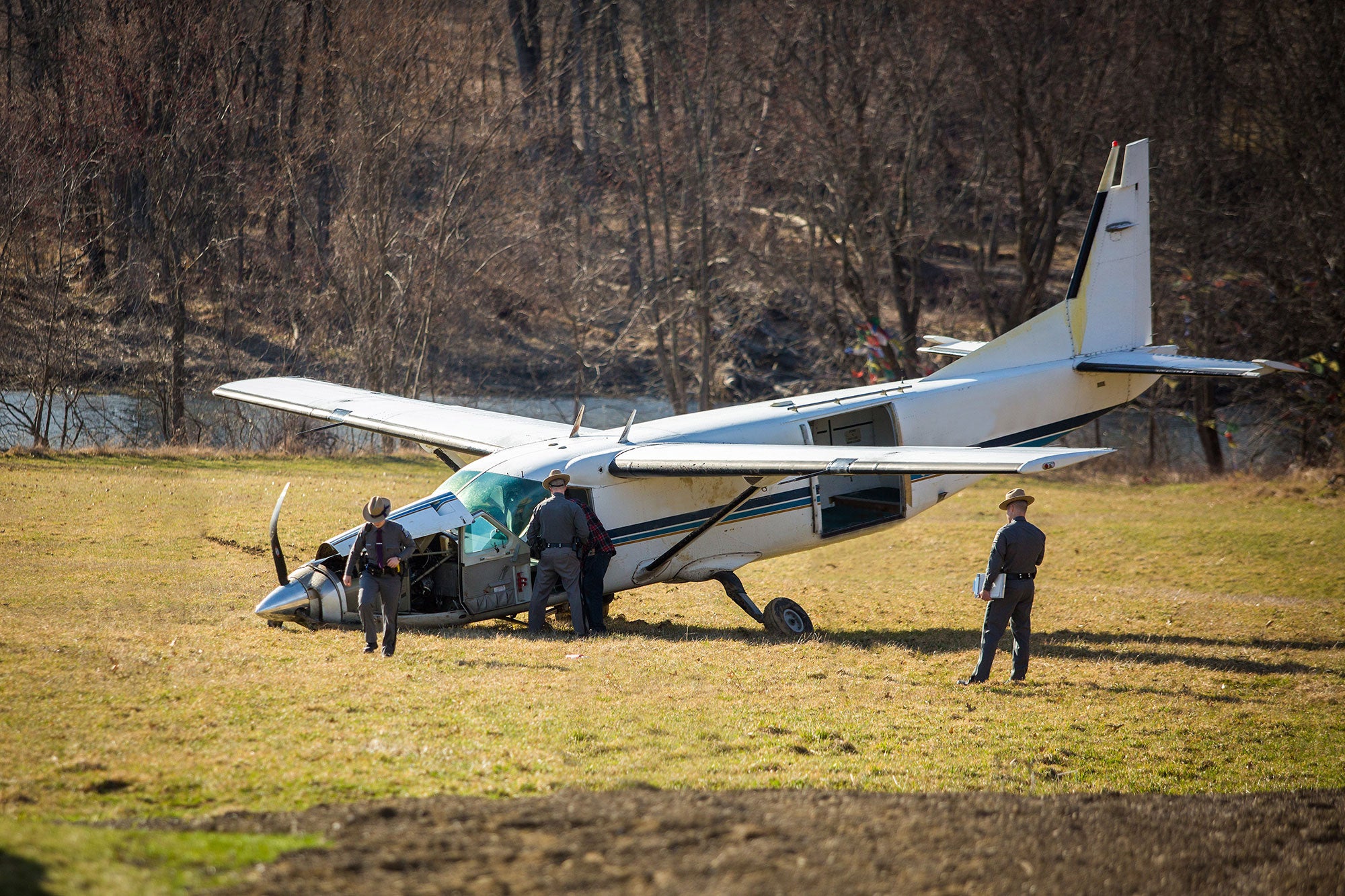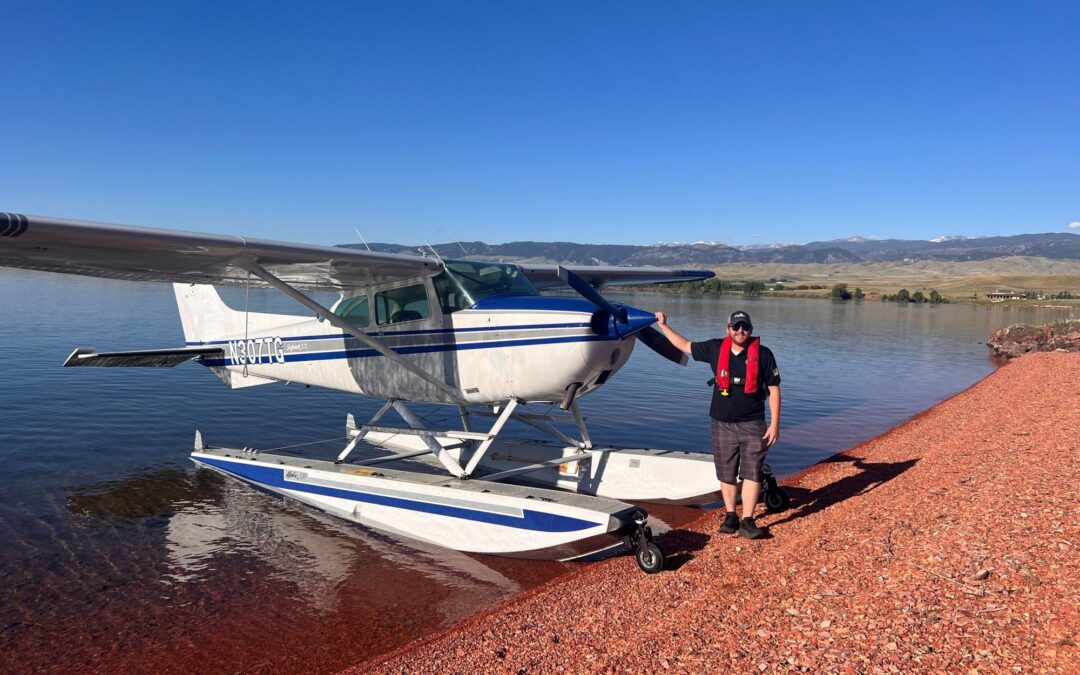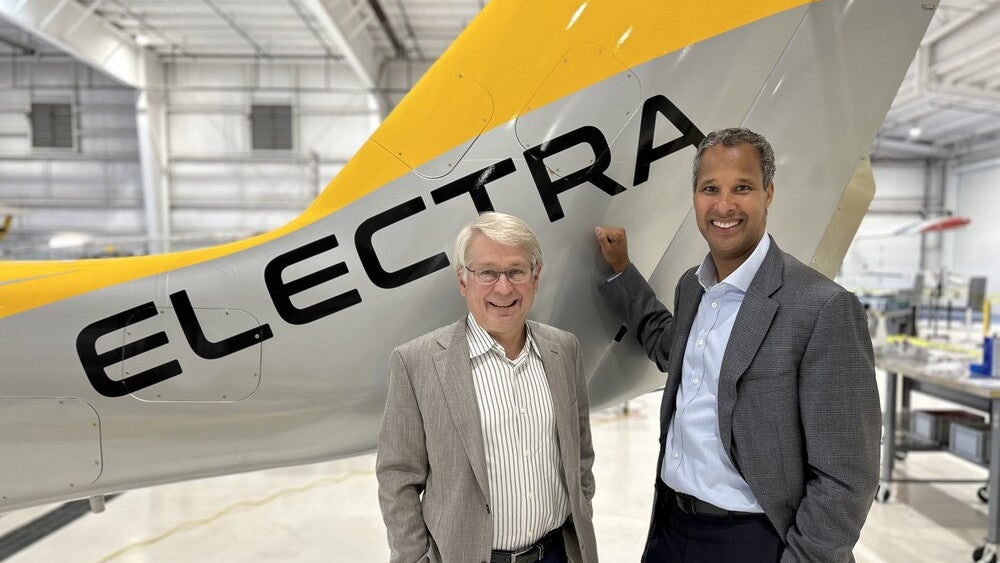Most likely, the average pilot thinks of the Federal Aviation Administration when discussing the subject of regulating flight activity, airmen certification and proficiency requirements. The Federal Aviation Regulations, after all, are what we studied in ground school and recited to pass the checkride.
However, mere compliance with the FARs may not always suffice to permit continued flight operations. There is the matter of satisfying the requirements of our insurance coverage. The policy you seek is a private contract between the airplane owner and the issuing company. As such, the entity covering your risk exposure, obligated to pay off in the event of a loss, can add certain stipulations over and above compliance with FAA rules. You are asking them to indemnify you, and they are perfectly within their rights to say “Okay, but we want…” included in the contract.
If you expect coverage at a reasonable rate, you must convince an underwriter that you’re a good, or at least average, risk, likely to complete the policy term without costing the company money. Yes, you’re an FAA-certified pilot, but how much experience do you have in the type of airplane you just bought? If you’re lacking time-in-type, it’s not unusual to require extra dual instruction in the make and model before in-flight coverage is extended. And the CFI furnishing such instruction will need to have a certain amount of experience in your kind of plane, not just a fresh rating out of an academy.
A type-specific curriculum may need to be followed, perhaps including attending a simulator-based training center if moving up to a turbine-powered or cabin-class aircraft, and after completion of the course there can be a obligation to have a mentor pilot accompany you for 25, 50 or even 100 hours.
If seeking coverage for a retractable-gear airplane as a VFR-only pilot, renewal can be contingent on having earned an instrument rating during the first policy term. As far as the FAA’s concerned, you can agree to avoid flying in bad weather, but insurance companies want to see the aircraft’s capabilities matched with that of the pilot. Even if coverage can be obtained without an instrument ticket, there may be premium savings if becoming instrument-rated, and after you accumulate a certain number of hours.
Age of the pilot seeking insurance is almost an impenetrable qualifier, starting at 70 and stiffening further at 75 and 80. The FAA regulations are mute on the subject, but underwriters are not. Statistical evidence shows greater risk as pilots age, notwithstanding the benefits of life-long experience, and it’s near impossible to convince insurers to extend elder coverage. Senior pilots must expect to have to step-down from twins to single-engine, retractables to fixed-gear, and seven seats to four. Also, an annual physical exam can be required, as well as a flight review in-type every year.
So, the real regulators of general aviation are our insurance companies, with whom we make bets and purchase lien-holder satisfying coverage. You can’t blame the ones on the hook for your mistake if they insist on supra-FAA requirements; a policy is a contractual agreement, and you can expect to have a claim denied if you misrepresented your qualifications upon application or failed to comply with its terms.
The post The Real Regulators appeared first on Plane & Pilot Magazine.




